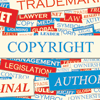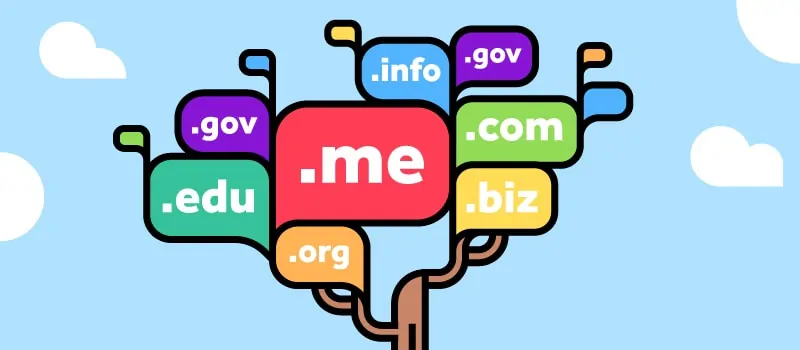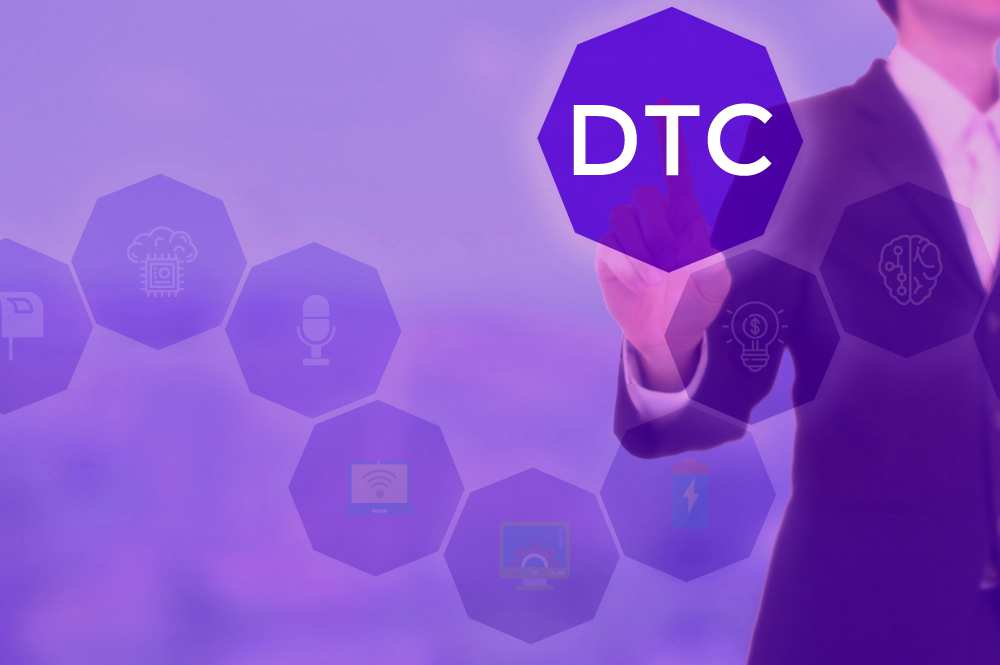5 Things to do NOW to Protect Trademarks with New Domain Names (gTLDs)

By Jamie Nafziger, Dorsey & Whitney LLP
In 2011, the Lamborghini Aventador was clocked at accelerating from zero to 60 in 2.9 seconds. Also in 2011, the Internet Corporation for Assigned Names and Numbers (ICANN) launched its new domain name program. Although ICANN's program did not move nearly as quickly as the Aventador, the number of generic top-level domain names (gTLDs) on the Internet is about to increase by 60 times too (from 22 to more than 1,300), leaving those who know only about .com in the dust.
After an overview of ICANN's dramatic expansion of the domain name system, this article will highlight five key ways brand owners can protect their brands during the upcoming domain name launches. The first large group of new gTLDs will launch in January 2014, so the time to act is now.
As most readers know, a gTLD is the part of a domain name to the right of the "dot." The most well-known gTLD is .com. Other popular gTLDs include .org and .net.
In 2012, ICANN accepted applications for more than 1,900 new gTLDs including:
- Generic words like .app, .blog, .computer, .data, .doctor, .eco, .email, .fashion, .food, .green, .hotel, .law, .med, .restaurant, .site, .store, .style, .tech and .website.
- Brands such as .amazon, .android, .apple, calvinklein, .chrysler, .dell, .google, .ibm, .intel, .macys, .mcdonalds, .oracle and .target.
- Over 100 gTLDs in texts other than Latin, including .[shopping], .[site], .[mobile], and .[online] in Chinese text and .[network/online] in Arabic text.
- Non-Latin transliterations of ".com" in nine scripts, including Arabic, Cyrillic, Devanagari (Indian), Hangul (Korean), Hebrew, Hiragana and Katakana (Japanese), Simplified Chinese, Thai and Traditional Chinese.
A new company called Donuts, Google and Amazon were the top three filers in terms of numbers of new gTLD applications submitted.
ICANN has now finished processing most of the gTLD applications and has begun approving new gTLDs for launch. Eighty-plus gTLDs have been added to the Internet in the last few months. In late November, 2013, the first gTLD to launch was شبكة (Arabic for web/network). ICANN expects to ramp up to launching 20 new gTLDs per week. Those gTLDs with sunrise periods closing in January 2014 include: .clothing, .guru, .holdings, .plumbing, .singles, .ventures, .bike, .camera, .equipment, .estate, .gallery, .graphics, .lighting and .photography.
We have never seen an expansion of the Internet naming system like this before. What can a brand owner do to protect its trademarks? Here are five steps to take now:
(1) Register your trademarks in the Trademark Clearinghouse
Owners of registered trademarks who can prove they are using their marks can obtain Trademark Clearinghouse registrations that afford two benefits: notification of identical second-level domain names (the part before the dot, e.g. DORSEY in the domain name DORSEY.COM) registered by third parties and the opportunity to file their own sunrise period applications for second-level domains. The filing fee is around $150 per trademark per year in addition to agent charges.
Unfortunately, the Trademark Clearinghouse does not block applications by others. It is more like a trademark watch service. If a third party applies to register a second-level domain name that is "identical" to a brand owner's recorded mark, the applicant will receive a notice of the brand owner's rights. If the applicant proceeds despite having received that notice, the brand owner will be notified.
(2) Take advantage of sunrise periods
The main way to prevent someone else from registering a brand as a domain name in the new gTLDs is for a brand owner to preemptively register it. Once a brand owner's trademark is entered into the Trademark Clearinghouse, it is eligible to participate in sunrise periods offered by the new gTLD registries. Sunrise periods typically last 30-60 days and provide a chance to register domain names matching trademarks in the Trademark Clearinghouse before the general public can do so.
(3) Order domain name watches
Because Trademark Clearinghouse notices will be limited to exact matches and because preemptively registering in every gTLD may be cost prohibitive, it is important to monitor for infringing domain names. Watch services are available that flag domain names that are similar to trademarks and domain names that are typographical errors or variants of trademarks.
(4) Block your trademarks in hundreds of gTLDs at once
Donuts, the company that applied for more than 300 gTLDs, is offering a blocking service in which brand owners can block their marks in all of Donuts' gTLD registries at once called the Domain Name Protected Mark List (DPML). The blocking service is much less expensive on a per domain name per year basis than registering second-level domain names during sunrise periods in each of Donut's registries.
There are a few exceptions. First, Donuts can designate some domain names as "premium" in each gTLD that will not be blocked by the DPML service. Second, other brand owners with identical marks in the Trademark Clearinghouse could override a DPML block to register a specific domain name. Third, a DPML block owner, could override its own block for specific domain names it wants to actively use.
To be eligible for the DPML block, a trademark must be entered into the Trademark Clearinghouse first. Because Donuts is launching many of the first gTLDs, brand owners should place DPML blocks as soon as possible to obtain the greatest benefit from this service.
(5) Be prepared to file domain name disputes against infringing domain names
The traditional Uniform Domain Name Dispute Resolution Policy (UDRP) dispute proceedings will be available in all new gTLDs. If a complainant succeeds in a UDRP proceeding, the infringing domain name will be transferred or cancelled.
Uniform Rapid Suspension (URS), a new type of dispute proceeding, will also be available. URS proceedings are expected to be less expensive than UDRP proceedings. The only remedy in a URS proceeding is that the infringing domain name will be placed in an inactive state (unusable by anyone). Trademark infringement litigation and actions under the U.S. Anti-Cybersquatting Consumer Protection Act may also be available. The facts of each dispute and the complainant's desired remedy and budget will influence which proceeding will be most advantageous.
As we race from zero to 60 in the domain name world, brand owners who take these five steps should help protect themselves from the inevitable sharp curves and hazards along the way.
Jamie Nafziger is representing several applicants in the gTLD application process with ICANN and is serving as an agent in the Trademark Clearinghouse. She is a Partner in the Trademark, Copyright, Advertising, and Brand Management practice group of Dorsey & Whitney LLP and has over 15 years of experience in the domain name area.








